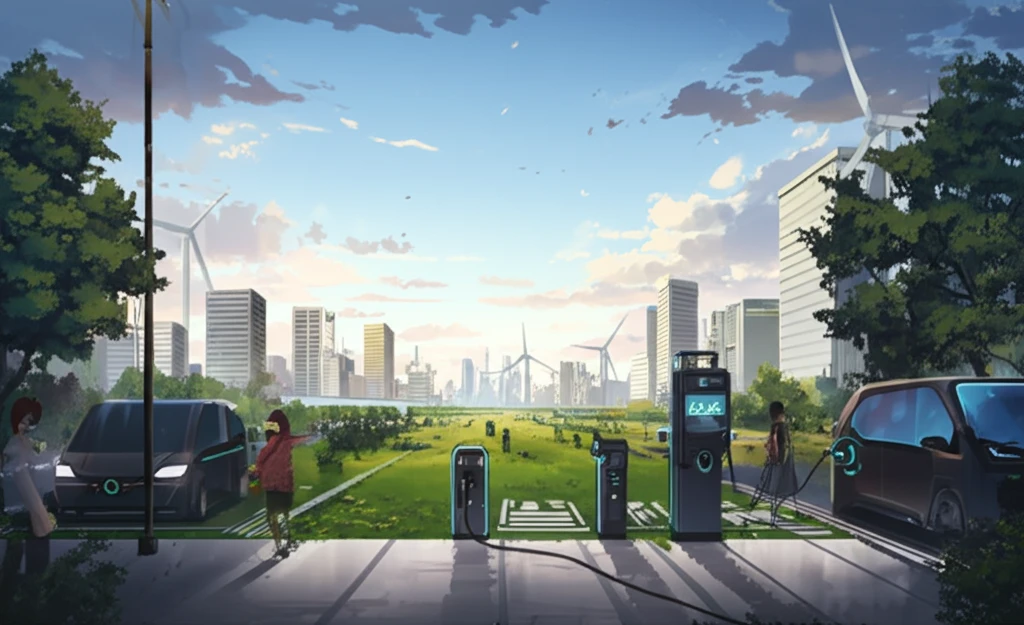
Electric Vehicle Habits: Are You Ready to Adapt Your Driving?
"Discover how switching to an EV could change your travel patterns and what that means for the future of sustainable transportation."
Electric vehicles (EVs) are more than just a trend; they're a key part of a greener future. The shift from gas-guzzlers to EVs promises cleaner air and quieter streets, but it also brings a new set of considerations for drivers. Will you still take the same routes? Will weekend getaways require more planning? Understanding these changes is crucial to making the most of EV technology.
Early studies often assumed that people would simply swap their old cars for electric ones and continue driving as before. However, real-world experience tells a different story. EV drivers may find themselves altering their habits due to factors like battery range, charging availability, and the cost of electricity versus gasoline. These adaptations can either amplify the benefits of EVs or, surprisingly, create new challenges.
This article explores how people adapt their travel patterns when they switch to electric vehicles, drawing insights from a detailed study conducted in Stockholm, Sweden. By understanding these adaptations, we can better prepare for the widespread adoption of EVs and ensure a truly sustainable transportation future.
Range Anxiety or Open Road: How EVs Reshape Your Daily Travel

One of the most significant factors influencing EV driver behavior is range – how far you can travel on a single charge. The Stockholm study presented drivers with different range scenarios, from severely limited to virtually unlimited, and asked how they would adapt their travel patterns. The results revealed some interesting trends.
- Use public transport: Especially if the travel time difference between car and public transport was minimal and transfers were few.
- Cancel trips: Shopping and social visits were more likely to be cut short than work commutes.
- Replace EV car trips with alternative vehicle car trips.
- Make additional car trips: Often for shopping.
- Replace existing public transport trips with car trips.
Driving Change: Policies for a Sustainable EV Future
The research in Stockholm underscores that simply switching to EVs isn't enough. We need policies that encourage smart EV usage to truly maximize their environmental benefits. By focusing on improving public transport, strategically implementing charging infrastructure, and exploring incentives for off-peak charging, we can steer EV adoption toward a more sustainable path.
